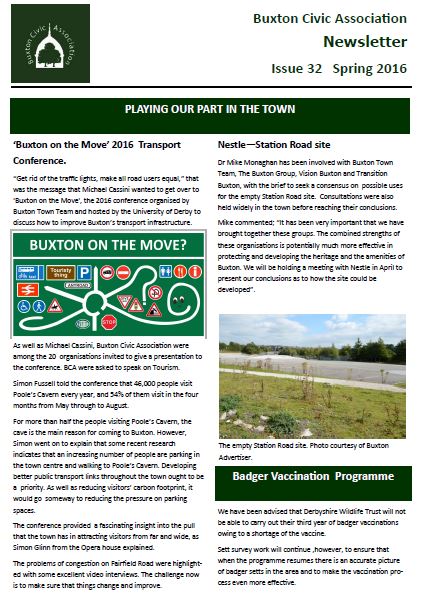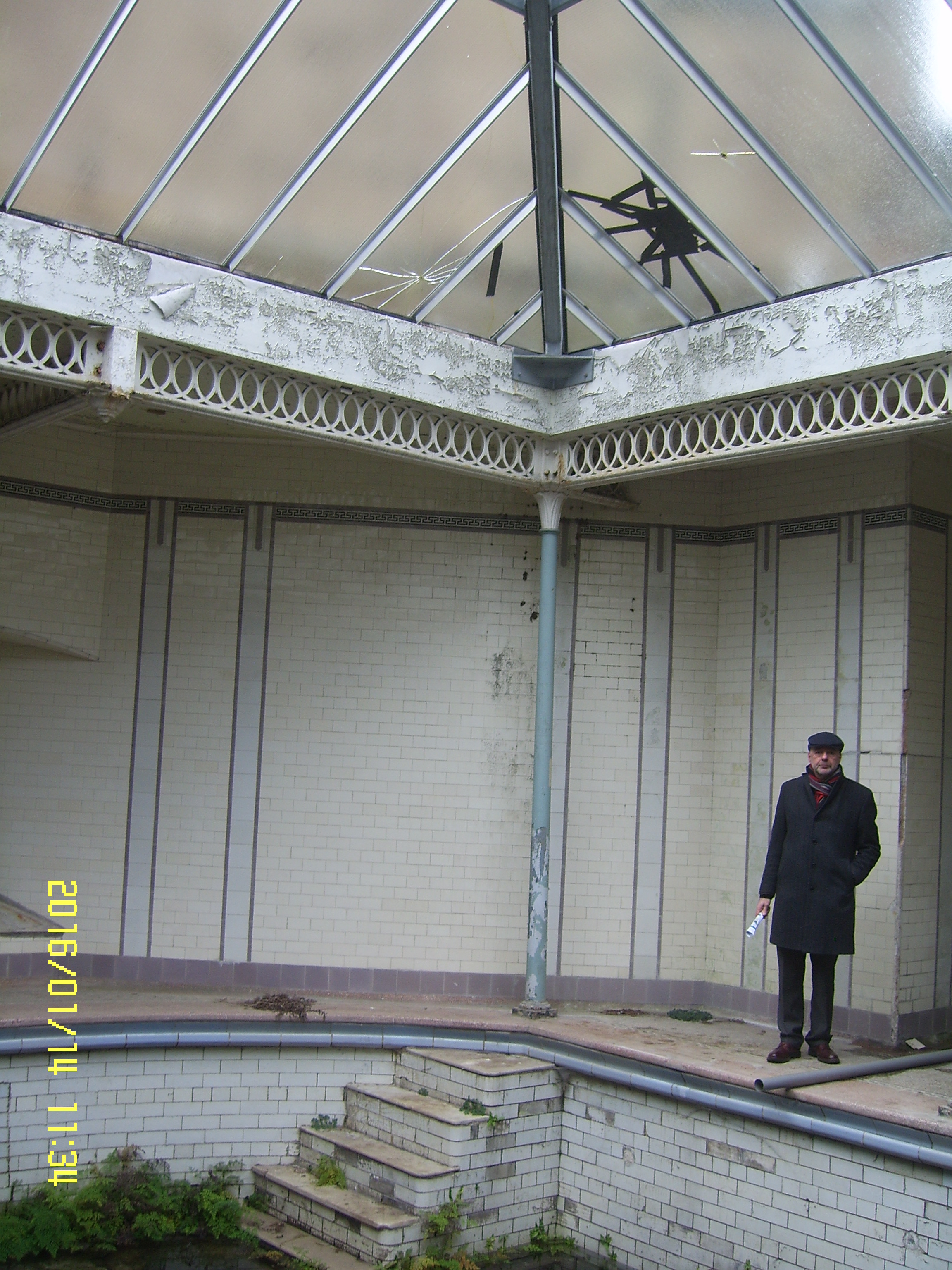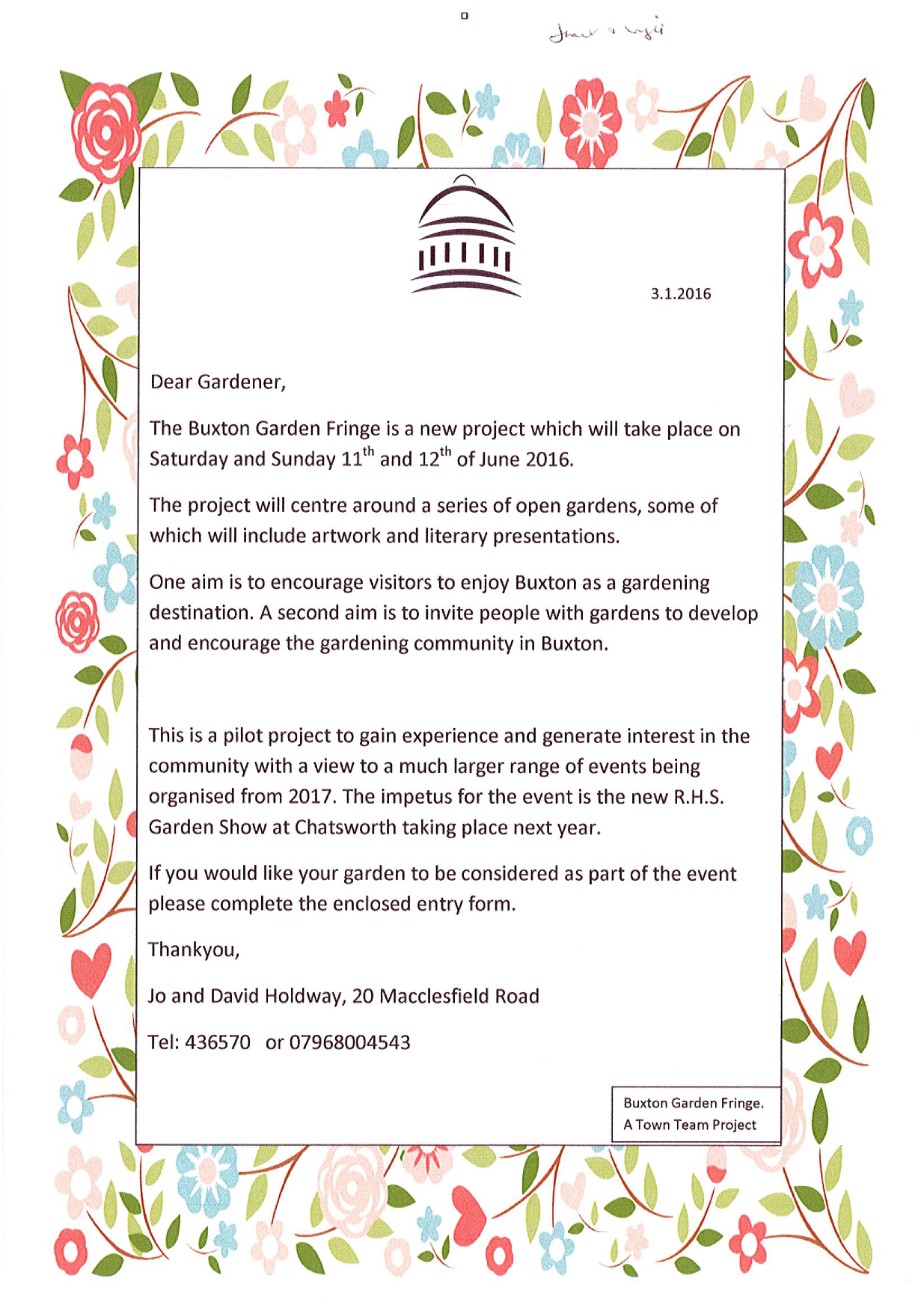Recipe One - Soup by Olive Middleton
RECIPES FROM OLD BUXTON
The recent discovery of a pre-First World War booklet contains not only fascinating advertisements from shops and businesses in the town, but also for many dishes of the time sent in by residents.
Comprising savoury and sweet dishes as well as household remedies, it was discovered by the proprietors of the Lee Wood Hotel and made available to BCA. The booklet was printed in 1912 for the benefit of The Home of Rest Furnishing Fund, which was in West Street. Moreover, it contains the name of each contributor and the house name or road of where they lived.
Should you yourself have any memories or information about the contributors mentioned or where they lived – or indeed a favourite recipe of your own – do let us know. It may be that we can make use of them in a future publication.
The headings for each section are: SOUPS, FISH, ENTREES, MEAT, PUDDINGS, SWEETS, SAVOURIES, VARIOUS, INVALID COOKERY and MISCELLANEOUS.
Here for your entertainment is the very last one! It takes us right back to the era of Donkey Stone, Rag and Bone Men, Dolly Blue and home-made starch. . .
“FOR WASHING UP”
Mix a pennyworth of bath-brick, 2 ozs of dry soap powder, 2 tbspns of whitening well together, fill a tin with the mixture and punch some holes in the lid. Use for all greasy things. This quantity will last about a month and costs 3d.
And here is the first recipe.We hope you enjoy making it.
RECIPE ONE
SOUP SECTION
SOUP
Take part of the liquid a fowl has been boiled in and add vegetables, a little onion, a tablespoon of pearl barley, 3 ½ oz of macaroni (well soaked), a little cornflour, pepper and salt. Boil all together, add a pint of new milk, and the remainder of the liquid; a little good stock can be added if necessary.
Submitted by Miss M Burgess, Somersby, College Road, Buxton.
Somersby is one of Parker & Unwin’s houses built in the Arts and Crafts style in 1895 – 96.


